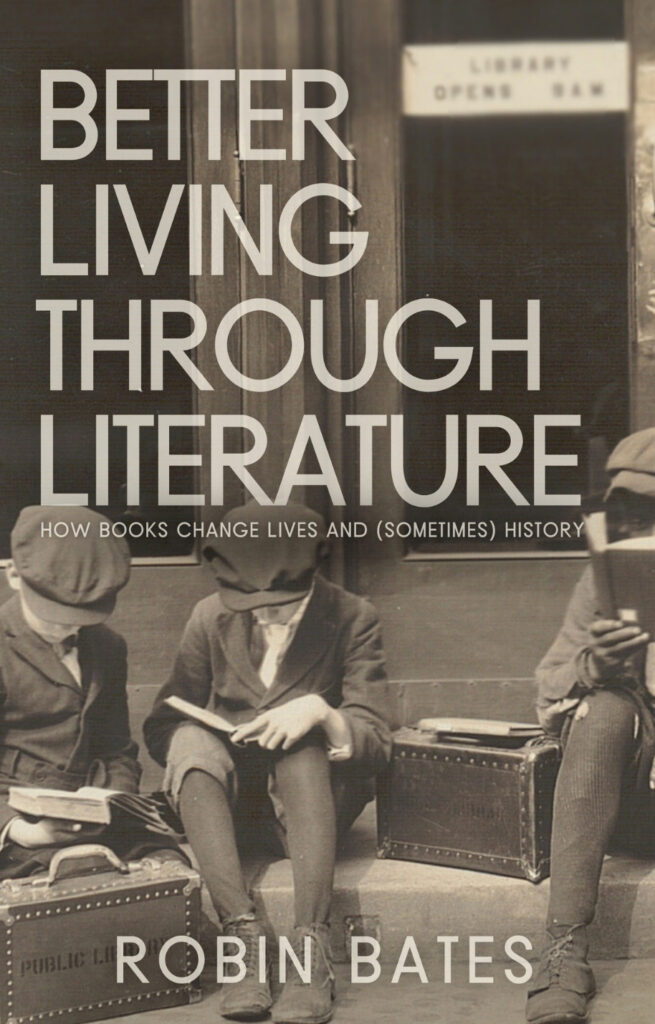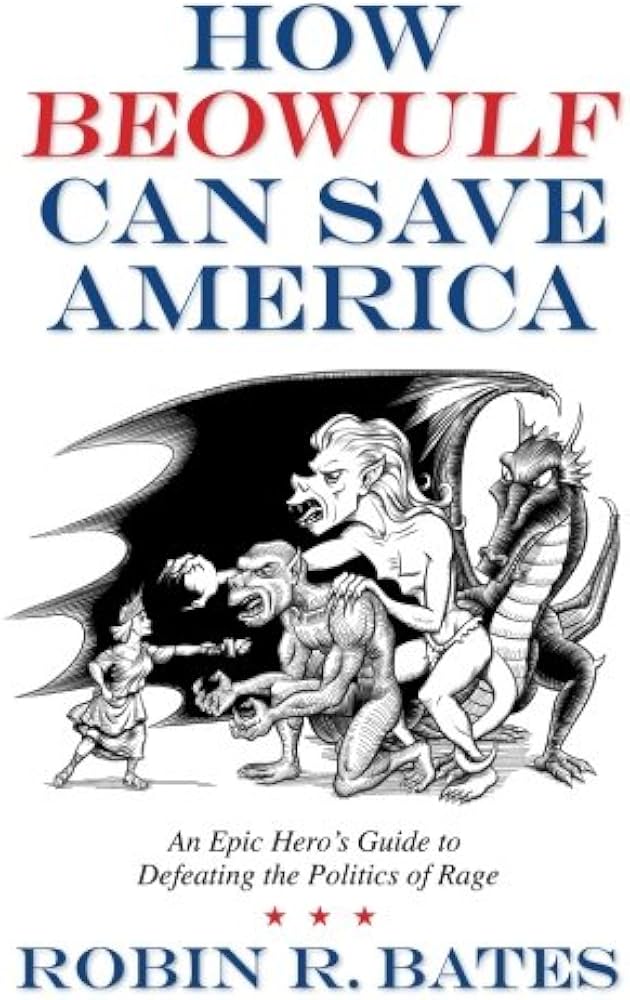Note: If you wish to receive, via e-mail, (1) my weekly newsletter or (2) daily copies of these posts, write to me at rrbates1951@gmail.com. I’ll subscribe you via Mailchimp for the weekly or email you directly for the daily (your choice). Comments may also be sent to this address. I promise not to share your e-mail with anyone.
Friday
Book lovers often have favorite novels that they consume like comfort food, reading them for their familiarity and remembered pleasure. The novels of Haruki Murakami function this way for me, especially Kafka on the Shore, The Windup Bird Chronicle, and 1Q84, which I’m rereading at the moment. At a time when 1984 is increasingly becoming a primer for understanding the Trump presidency, it’s interesting to see the Japanese author engage with Orwell’s dystopian masterpiece. The “Q” stands for questioning, as in questioning reality.
We see the two books set in dialogue when one of Murakami’s characters observes,
George Orwell introduced the dictator Big Brother in his novel 1984, as I’m sure you know. The book was an allegorical treatment of Stalinism, of course. And ever since then, the term ‘Big Brother’ has functioned as a social icon. That was Orwell’s great accomplishment. But now, in the real year 1984, Big Brother is all too famous, and all too obvious. If Big Brother were to appear before us now, we’d point to him and say, ‘Watch out! He’s Big Brother!’ There’s no longer any place for a Big Brother in this real world of ours. Instead, these so-called Little People have come on the scene. Interesting verbal contrast, don’t you think?’
“The Little People,” the strangest part of this magical realist novel, are Snow White-type dwarfs who usher forth at night out of people’s mouths to weave an ethereal construction called an air chrysalis. Connected as they are with a secretive cult whose leader engages in child abuse, they appear to represent society’s dark side.
The contrast between a big man dictator and the Little People is worth exploring since each can be seen as a conduit of this darkness. Donald Trump came to power channeling America’s racism and sexism, which he both articulates and embodies. In like manner, Murakami’s Little People appear connected with a latent violence present in Japanese society. In their case, they take over, well, little people.
Murakami appears to be saying—somewhat prematurely, perhaps—that the age of strong men dictators like Hitler, Mussolini, Stalin and Mao is over but that the same kinds of forces are alive and well in modern democratic states. The difference is that these forces possess individuals rather than leaders, assuming in the process a bewildering variety of forms. In our world, a possessed little person might bully a Spanish speaker in a grocery store or call a child of color the n-word on the playground. More seriously, a seemingly random individual may stab a woman in a hijab or kneel on a suspect’s neck until he dies or grab someone off the street and send him to a Salvadoran concentration camp. In actions which don’t appear to be coordinated, little people become “lone wolf killers” and shoot up a Black church or Unitarian church or mosque or synagogue or shopping mall filled with people of color.
At present we are seeing Trump officials gleefully violating protocols and laws as they arrest authors of editorials and judges and mayors and members of Congress, all with the approbation of rightwing commentators and GOP politicians. Again, it’s not as if they are being told to do this by a single individual (although in certain instances this might be the case). Rather, it is as though the same spirit runs through all of them, which is how cults work.
Murakami explores cult behavior in his novel. His cults, it so happens, are originally leftwing rather than rightwing, reactions against the capitalism that arose in Japan from the ashes of World War II. Sakigake, the most significant of these cults, at first seems relatively benign. It is composed of a group of university protesters who, disillusioned with society, move to the country, buy cheap land, and set up a commune specializing in organic fruits and vegetables. In so doing, they disavow their previous association with a Maoist cult that has turned violent. While they appear clean, however, they become increasingly secretive, building a strong shield against investigating eyes.
They draw the attention of the protagonists in the novel when stories of assaulted and raped children start emerging. By the time we get to this point in the book, we have already encountered multiple instances of battered wives in other venues, and Murikami’s thematic point begins to emerge. It as though he’s telling us that, under a veneer of sophisticated businessmen in finely tailored suits—the Japanese economy in the 1980s was the wonder of the world—lurks the threat of horrific violence.
What caught my eye this time through the novel was how the cult is reminiscent of MAGA. There is a charismatic leader who operates outside the law and who “can exert his influence on people directly.” An investigator reports, “People idolize him. His very presence, you might say, functions like a doctrinal core. It’s close in origin to primitive religion.”
Just as Trump’s GOP appears to have no core convictions (other than, perhaps, tax cuts for the wealthy and white supremacy), so too does the cult. The investigator explains this to protagonist Aomame:
“This religion’s substance is its lack of substance. In McLuhanesque terms, the medium is the message.”
“In other words, the package itself is the contents. Is that it?”
“Exactly. The characteristics of the package determine the nature of the contents, not the other way around.
The effect of the cult also resembles the impact of MAGA on many of its followers. We see this in the evolution of its brainwashed children:
[A]ccording to the teachers who had those kids in their classes, most of them—boys and girls alike—appear to have some kind of emotional problems. They show up normal in first grade, just bright, outgoing children, but year by year they grow less talkative, their faces lose any hint of expression. Eventually they become utterly apathetic and stop coming to school.
Aomame, who herself was raised in a cult, contrasts herself with one of the leader’s rape victims:
My own will made it possible for me to escape back then. But when you’re as seriously wounded as this girl, it may not be possible to bring yourself back. You might never be able to return your heart to its normal condition again.
And elsewhere:
The body is not the only target of rape. Violence does not always take visible form, and not all wounds gush blood.
This won’t be my last essay on 1Q84 since there are still aspects of the Little People and their air chrysalis that I don’t quite get. But Murakami’s account of the operation of cults is only too familiar in present day America.


